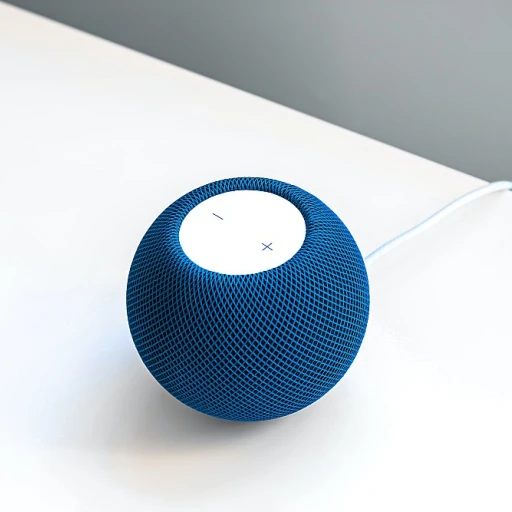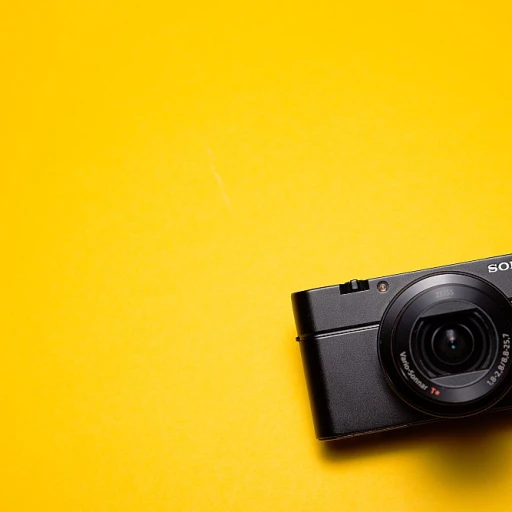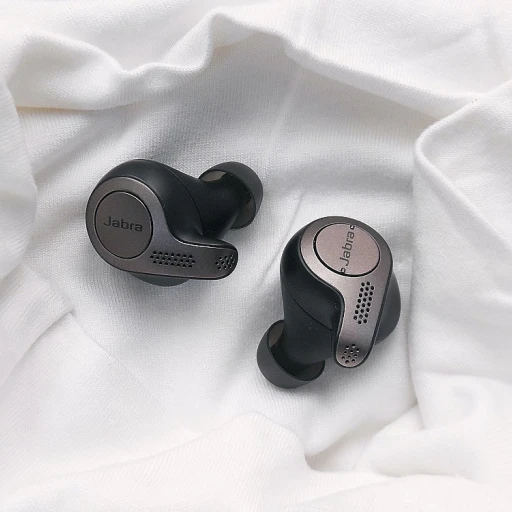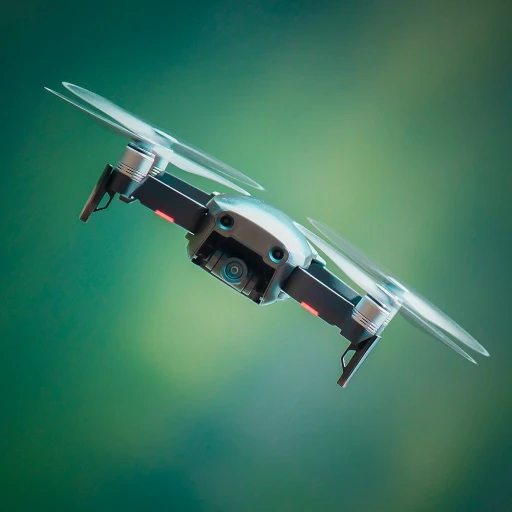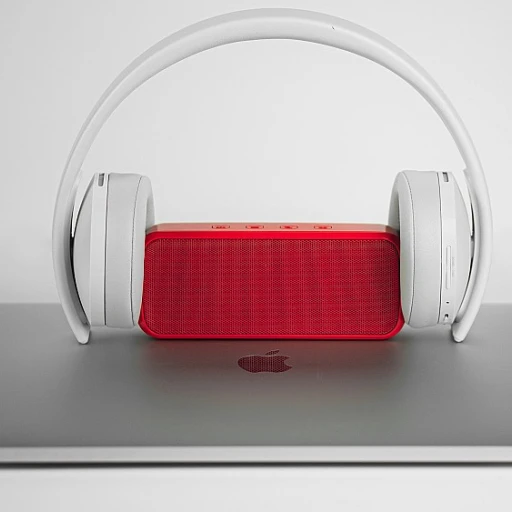
The Rise of Lightweight Mice in Luxury Tech
The Growing Trend of Featherlight Mice
The appeal of lightweight mice in the realm of luxury tech has surged significantly in recent years. With the increasing demand for precision and comfort during extended computer sessions, luxury brands have taken notice, adapting design philosophies to create featherlight masterpieces that stand out. Lighter mice not only cater to the aesthetic desires of tech enthusiasts but also promise a more comfortable user experience. Constructed with materials like carbon fiber and magnesium, these devices aim to reduce hand and wrist fatigue, often associated with prolonged mouse use. Without the added weight, users can experience smoother movement across the desk, ultimately resulting in less strain on the muscles and tendons. However, the shift to lighter mice isn't just about reducing weight. It's also about enhancing the overall design and ergonomics to address common issues like mouse hand or mouse wrist pain. By prioritizing ergonomic features, luxury tech companies strive to offer solutions that blend functionality with the sophistication expected at this tier of the market. For those intrigued by innovative tech solutions, the appeal extends beyond just aesthetics and comfort. The allure of discreet wearable cameras in luxury tech, which often accompany discussions of lightweight mice, highlights a broader trend of integrating modern convenience with luxury electronics. To delve deeper into this trend, check this blog post. The journey does not stop at the initial attraction. Understanding ergonomic implications plays a crucial role in ensuring that these gadgets do more than just captivate with their appearance. They need to provide sustained comfort, supporting the user's body in a symbiotic manner that minimizes discomfort during prolonged periods of use.Understanding the Ergonomic Implications
Exploring the Ergonomic Dynamics of Ultra-Light Mice
The shift towards lighter mice in luxury tech is not solely a matter of style or cutting-edge allure; it's deeply entwined with ergonomics and user comfort. While these feather-light devices are engineered for precision and speed, understanding their impact on our physical health, particularly for frequent computer users, is paramount. Working extensively with a computer mouse can strain the muscles, tendons, and nerves of your hand, wrist, and arm. It's crucial to maintain a relaxed grip to prevent conditions such as carpal tunnel, tennis elbow, or repetitive strain injuries. However, some users report an increase in discomfort, including wrist pain and mouse elbow, after transitioning to a lighter mouse. With a lighter mouse, individuals may need to exert more control over their movement, potentially leading to muscle fatigue in the mouse hand and arm. This can also affect the wrist, causing pain. Therefore, when using an ultra-light mouse, it's essential to keep other ergonomic factors in mind, such as the position of your desk, proper use of keyboard shortcuts, and ensuring your body is well-supported. For those experiencing hand pain from their mouse or discomfort in the mouse wrist area, considering a vertical mouse or an ergonomic mouse designed to alleviate typical issues may be beneficial. It's also important to engage in regular hand and wrist exercises as a form of treatment to keep your muscles and tendons in good condition. Expert opinions emphasize the significance of achieving a balance between the mouse's weight and its ergonomic design to minimize arm pain and maximize comfort over extended periods. Therefore, while luxury mice continue to evolve in design, understanding their ergonomic implications can help users make informed choices that protect their health and comfort. For more insights on how modern tech can tackle ergonomic challenges, exploring Fitbit's role in addressing sleep apnea may offer additional perspectives on the intersection of technology and health.Luxury Tech Solutions for Ergonomic Challenges
Unraveling Ergonomic Challenges with Luxurious Solutions
In the realm of luxury tech, ergonomic mice have emerged as a revolutionary solution for tackling the common issue of hand wrist discomfort. Among the luxury tech gadgets, these ergonomic mice are meticulously designed to alleviate tension on the wrist, hand, and arm.
Ergonomic considerations are paramount. Repetitive strain injuries, such as mouse elbow and carpal tunnel syndrome, often arise from prolonged computer use. Adopting an ergonomic mouse with a carefully thought-out mouse grip can significantly reduce the risk of these conditions. By providing the hand and muscles tendons with support that promotes a natural posture, these luxurious devices help maintain comfort during extensive desk work.
Incorporating vertical mouse designs, which allow a natural hold mouse position, minimizes wrist pain by keeping the arm in a more neutral orientation. Coupled with practical keyboard shortcuts and ensuring that the mouse remains aligned with the body, one can prevent unnecessary strain on muscles and joints.
To effectively address these ergonomic challenges, luxury tech aficionados must invest in devices that not only match their opulent preferences, but also prioritize health by reducing the likelihood of hand pain or a tennis elbow. By keeping in sync with innovations in luxury tech aimed at ergonomic improvements, users can enjoy a seamless and discomfort-free digital experience.
Comparing Luxury Mice: Weight vs. Comfort
Weight Versus Comfort: Evaluating Luxury Mice
In the luxury tech market, there is an ongoing debate about whether lighter mice offer a truly superior level of comfort for extended computer use. While lightweight models are gaining popularity, it's essential to consider how their reduced weight impacts the body, especially during extended work sessions. A lighter mouse can potentially reduce strain on the wrist by requiring less force to move, benefiting those who suffer from conditions like carpal tunnel or repetitive strain injuries. However, the change in dynamics also alters the way users grip and hold the mouse. This could inadvertently place more strain on other parts like the hand and forearm, potentially triggering issues such as mouse arm or tennis elbow. Comparing these lightweight models to their heavier counterparts, luxury mice designers focus on ergonomics that cater to comfort as well. Ergonomic mice often boast features like custom-fit grips and innovative shapes that encourage a natural hand posture, easing strain on the muscles and tendons. Vertical mice, for instance, have proven particularly effective in promoting a more comfortable grip, reducing hand wrist pain. Luxury brands looking to meet their discerning clientele's needs are exploring how the weight of a mouse interacts with ergonomic design elements. Thus, finding the right balance between the two can offer a path forward for tech aficionados experiencing arm pain due to prolonged computer use. Ultimately, whether one opts for a lighter model or a heavier alternative must be guided by how a mouse feels and performs over time, keeping the user's personal comfort as a priority. A perfectly weighted mouse for one user might cause discomfort for another, so understanding one's body and desk setup thoroughly is key to finding the ideal ergonomic solution.Expert Opinions on Ergonomics in Luxury Tech
Insights from Ergonomic Experts in the Realm of Luxury Tech
In the world of luxury tech gadgets, expert insights are crucial in understanding ergonomic dynamics. This expertise is instrumental in balancing innovation with the physical well-being of users. As lightweight mice gain prevalence, experts emphasize the importance of understanding how these devices impact our bodies, specifically the arm, wrist, and hand. Ergonomic specialists often point out that while lighter mice offer agility, they might inadvertently lead to issues like hand pain or wrist discomfort. The reduction in weight can sometimes cause users to exert more grip, leading to repetitive strain and possible consequences like carpal tunnel syndrome or mouse elbow.To mitigate these risks, experts recommend considering the following:
- Proper mouse grip: Correct techniques can prevent excessive strain on muscles and tendons.
- Mouse and desk alignment: Ensuring that the desk is at an appropriate height and the mouse is aligned with the keyboard can help maintain a natural arm and wrist position.
- The use of an ergonomic mouse: Options such as vertical mice can reduce pressure on the wrist by allowing a more natural hand position.
- Regular breaks and stretches: Taking periodic breaks during work and performing wrist and arm exercises are vital in maintaining muscle health.





